The Evolution of Robotic Mower: From Wired to Smart Systems
The evolution of robotic lawn mowers has been marked by innovation and exciting new technologies. For over 20 years, different approaches have been developed to tackle one central problem: How can a lawn mower autonomously navigate and efficiently mow a lawn?
WIRED TECHNOLOGY
The first successful robotic mowers used wired technology to keep them within the designated mowing area. This technology, primarily led by Husqvarna, featured boundary wires buried around the perimeter of the lawn to guide the mower. Despite its proven track record, wired technology has significant drawbacks:
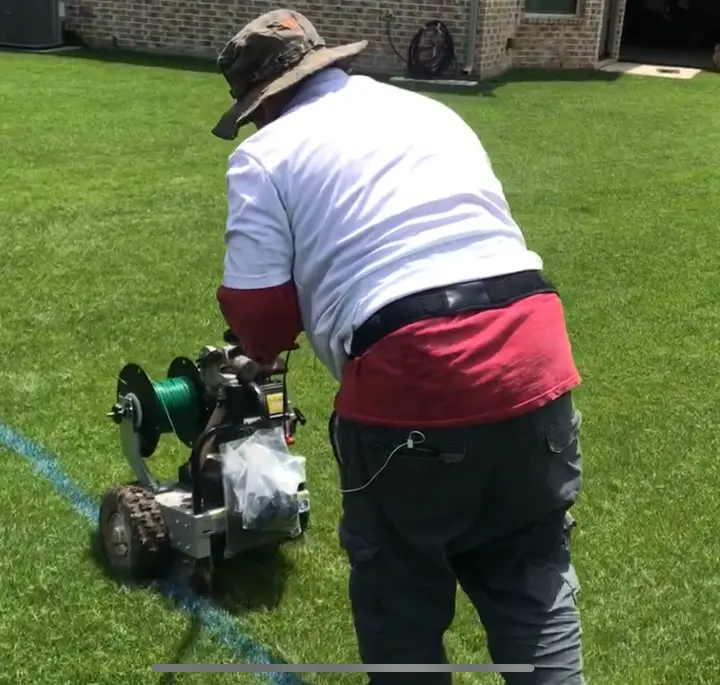
High Initial Cost: The setup costs, including the mower and boundary wire installation, can be prohibitive.
Vulnerability to Wire Breaks: Buried wires are susceptible to breaks, which can be costly and frustrating to repair.
Lack of Flexibility: Wired systems are rigid. You cannot easily create new zones or adjust the mower's path without digging up wires.
AIM TECHNOLOGY
To address the lack of flexibility in wired systems, Husqvarna introduced AIM (Automower Intelligence Mowing) technology. AIM uses sensors, such as IMU and odometry, to estimate the mower's position within the boundary wire layout, creating a virtual map. This allows users to create stay-out zones and customize mowing schedules without physical changes to the wiring. However, it still required the initial boundary wire installation.
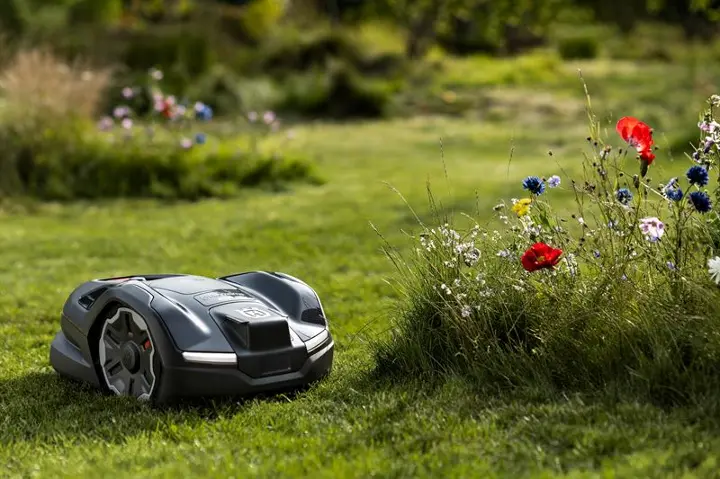
RTK TECHNOLOGY
RTK (Real-Time Kinematic) positioning, popularized by Husqvarna as EPOS, was the next significant leap in robotic mower technology. RTK leverages satellite signals to provide exact positioning, combined with odometry and sensor data for accuracy. The advantage of RTK is its precision, ideal for open areas like sports fields and large lawns.
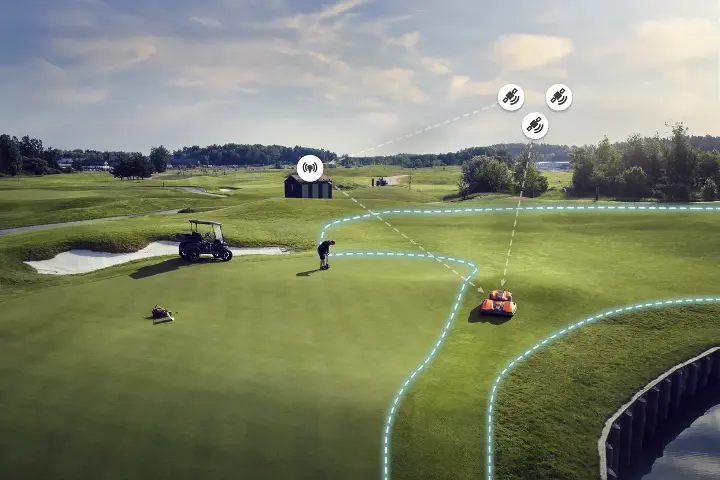
However, RTK has limitations:
Loss of Signal: It struggles in environments with obstructions like trees or buildings.
Complex Setup: Requires installing an RTK reference station, ideally on a rooftop.
High Cost: RTK mowers are often expensive, though newer brands offer more competitive pricing.
The communication protocol used between the RTK reference station and the mower also matters. Chinese brands typically use LoRa, while Husqvarna uses a proprietary module. Kress employs cellular signals, which can cause issues in areas with weak coverage.
VSLAM
VSLAM (Visual Simultaneous Localization and Mapping) is another technology being adapted from robotic vacuums to lawn mowers. VSLAM uses cameras to recognize features in the environment, combined with odometry and sensor data to estimate location.
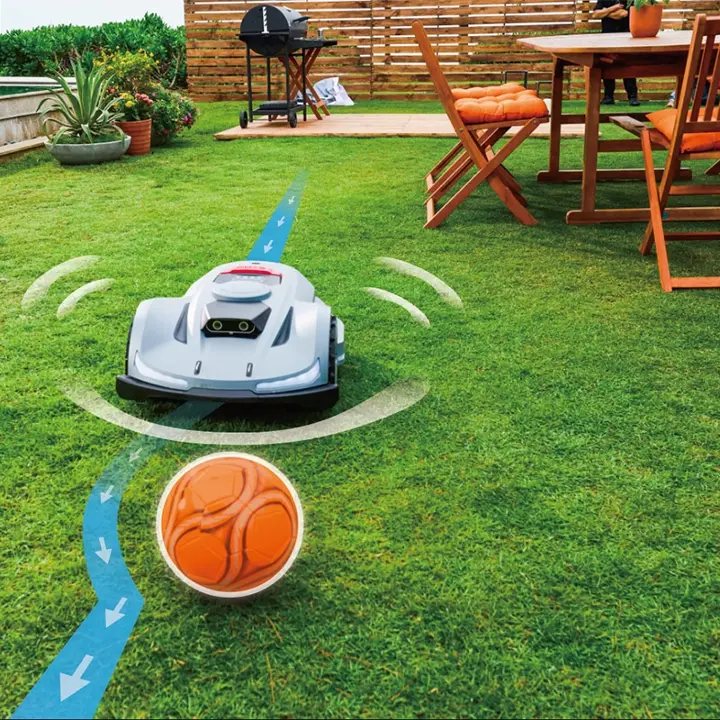
While promising, camera-based navigation has challenges:
Camera Maintenance: Lenses need regular cleaning, especially outdoors.
Lighting Limitations: Struggles in low-light conditions or at night.
Ecovacs introduced the GOAT robotic mower, which relies solely on cameras for positioning. In our testing, it performed reasonably well, but its limitations mean it's only suitable for certain types of yards.
LIDAR
LIDAR (Light Detection and Ranging) is another technology used in robotic mowers. LIDAR works by emitting a laser beam and measuring the time it takes to reflect back, creating a 3D map. While effective for indoor robots, outdoor LIDAR poses challenges:
Cost and Power Consumption: More expensive and power-hungry, affecting battery life.
Limited Object Detection: LIDAR's 3D view is limited, and performance on certain surfaces can be inconsistent.
Weather Sensitivity: Fog, rain, and dust can interfere with LIDAR sensors.
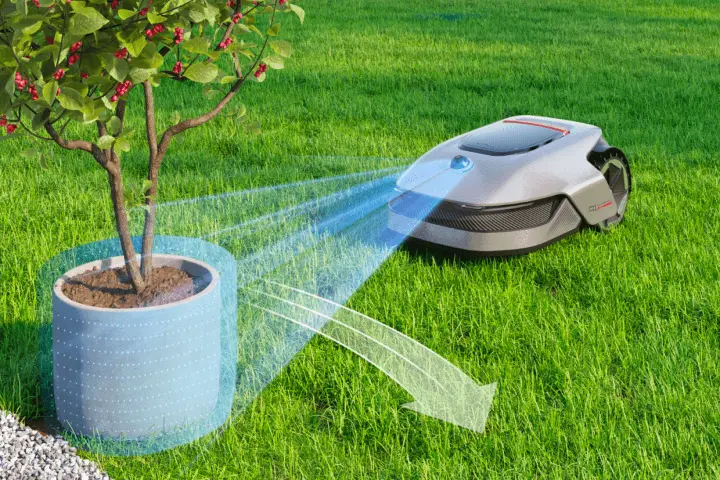
RADAR
Husqvarna recently introduced radar technology in its IQ series, which functions similarly to LIDAR but uses radio waves instead of laser light. Radar is less expensive, works in all weather conditions, and has a wider detection angle. However, it serves as a supplementary positioning mechanism rather than a primary one.
CONCLUSION
There is no single winning technology for robotic mowers. Each has its strengths and weaknesses, and manufacturers are combining technologies to improve reliability and flexibility. RTK combined with vision systems (cameras or LIDAR) is a growing trend, while standalone LIDAR mowers are still not widely available.
The right choice of mower technology depends on the specific features of your yard—its size, layout, obstacles, and conditions. The common factor in newer robotic mowers is RTK technology, but the implementation and supplemental technologies make all the difference.
We work with multiple manufacturers and have been rigorously testing various mowers. If you're unsure which technology would work best for your yard, feel free to reach out, and we'd be happy to help. info@smart-dots.com